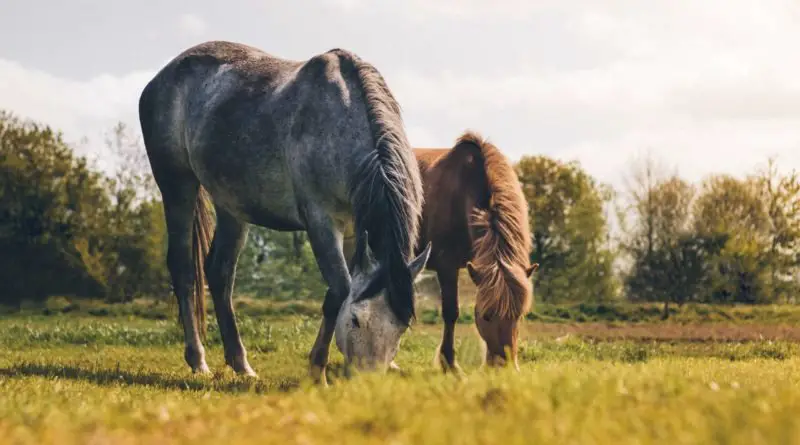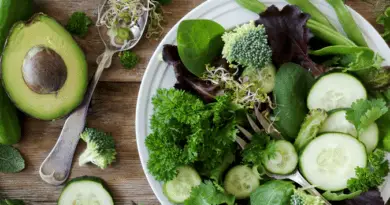Last modified on March 12th, 2020 at 12:11 am
Sugar In Your Horse’s Diet: Is It All Bad And What Is It Used For?
Sugar gets a lot of bad press for humans and also tends to be perceived as being bad for horses and most horse owners try to feed as little of it as possible often without realising that the greatest source of sugar in their horse’s ration is grass! Although it’s used in horse feed to aid palatability and is clearly needed as an energy source for competition horses, sugar is a problem for many horse owners, as their horses and ponies need to avoid a high sugar intake. This can be really challenging as sugar is in the horse’s natural diet, so is it really as bad as people think and are horse owners right to worry about it so much?
Different Types Of Sugars
There are three different types of carbohydrates; simple sugars, storage sugars and structural polysaccharides or fibre which believe it or not, is made up of sugar too – it’s just that the sugar is joined in a way that makes it inaccessible to the horse. It is therefore the simple and storage sugars that need to be reduced in the ration for horses and ponies that need low sugar diets.
Grass is the biggest source of sugar in the diet of most leisure horses. Levels of sugar are much lower when grass is made into hay but depending on the climatic conditions, hays can contain as much as 30% simple and storage sugars. In order to remove some of the sugar, you can soak the hay prior to feeding.
Storage sugars, such as fructan are accumulated when the plant makes sugar to use for its own growth but doesn’t need it. This can be when the plant is producing so much sugar that it just doesn’t need any more because it’s already growing fast, such as in the spring or it can occur in cold bright conditions when the plant can make sugar but it’s too cold to grow and so the sugar is stored. Starch, another storage sugar, is found in seed heads of both grass and cereals when the plants mature. In theory, the starch would provide the seed with energy to grow if it falls to the ground and germinates.
The third carbohydrates group is fibre, otherwise known as structural carbohydrates. Herbivores, including horses, rely on the population of bacteria in their digestive system to break down the bonds and release the energy from the fibre. Without the fibre digesting bacteria, horses are unable to use the fibre as an energy source. As fibre is a complex structure, the bacteria take a long time to break down, which provides slow-release energy.
The Importance Of Sugar
Horses need energy for aerobic and anaerobic work, including working for long periods and fast work. Using glycogen is the quickest way to fuel muscle contraction and blood glucose is the most efficient for non-muscular energy, including respiration and nutrient digestion. Fat stores can also be broken down and turned into glucose so in theory energy stores from fibre could be converted to glucose. It’s just that this process is quite slow and so probably wouldn’t meet the needs of the highest performing horses such as racehorses. Whilst grass based forages do provide some sugar, the biggest challenge with very fit horses is getting them to eat enough fibrous feed to meet their energy requirements. This is why it may be necessary to use more concentrated sources of horse feed.
Too Much Sugar
Too much sugar can be dangerous for horses and ponies that are overweight or those prone to laminitis.
Diseases such as PPID (Cushing’s Syndrome) laminitis and EMS are all associated with disruptions insulin function and so low sugar diets are required. This may mean restricting access to pasture as it is the main source of sugar for lots of horses and ponies. As well as monitoring the amount of grazing they are on, you can feed your horse low sugar and starch feeds. As you can see, sugar isn’t all bad and is useful if fed correctly. If you need any further information about sugar in your horses’ diet, speak to an equine nutritionist, who will be able to give you advice on what’s best to feed your horse.




